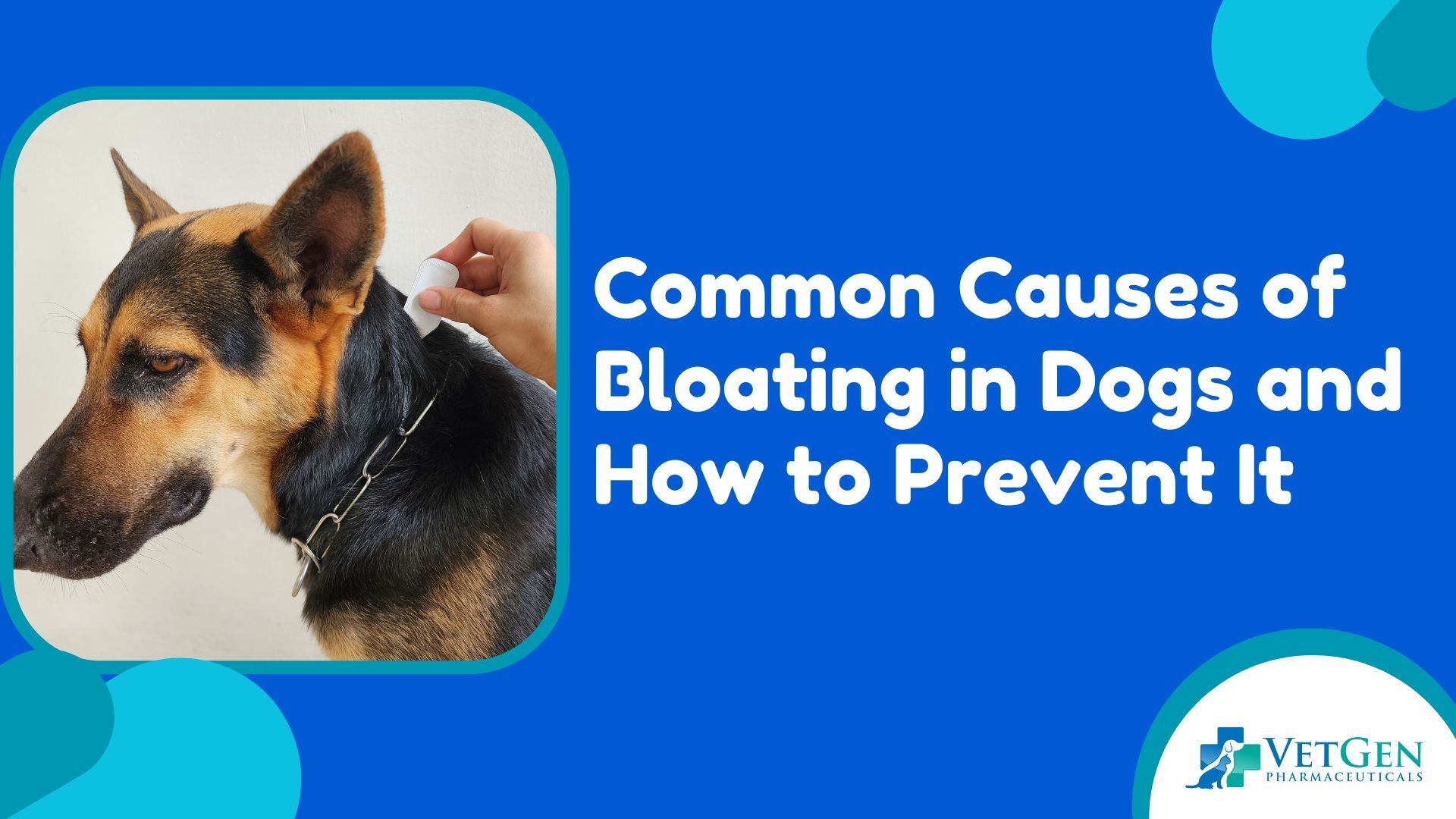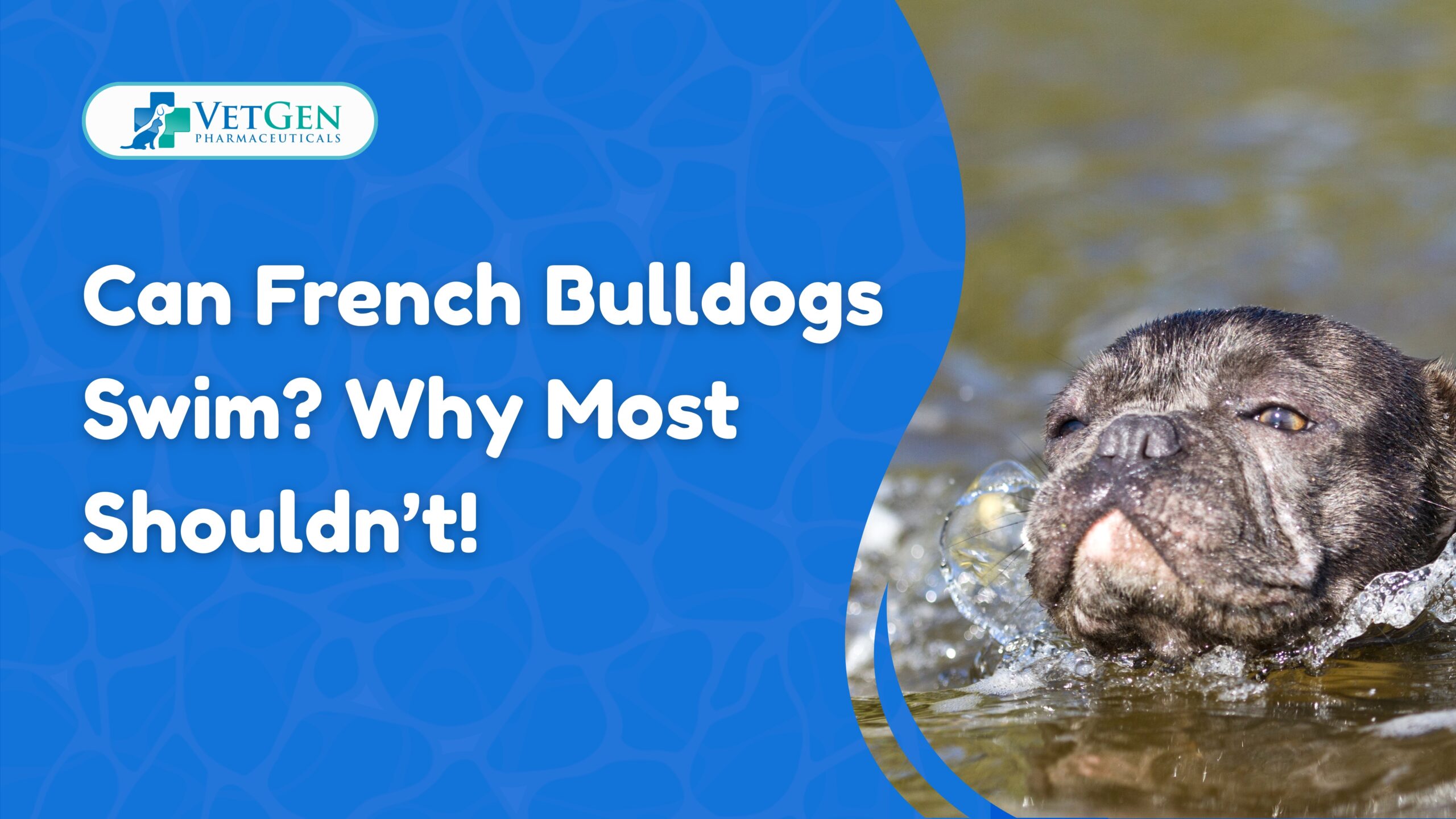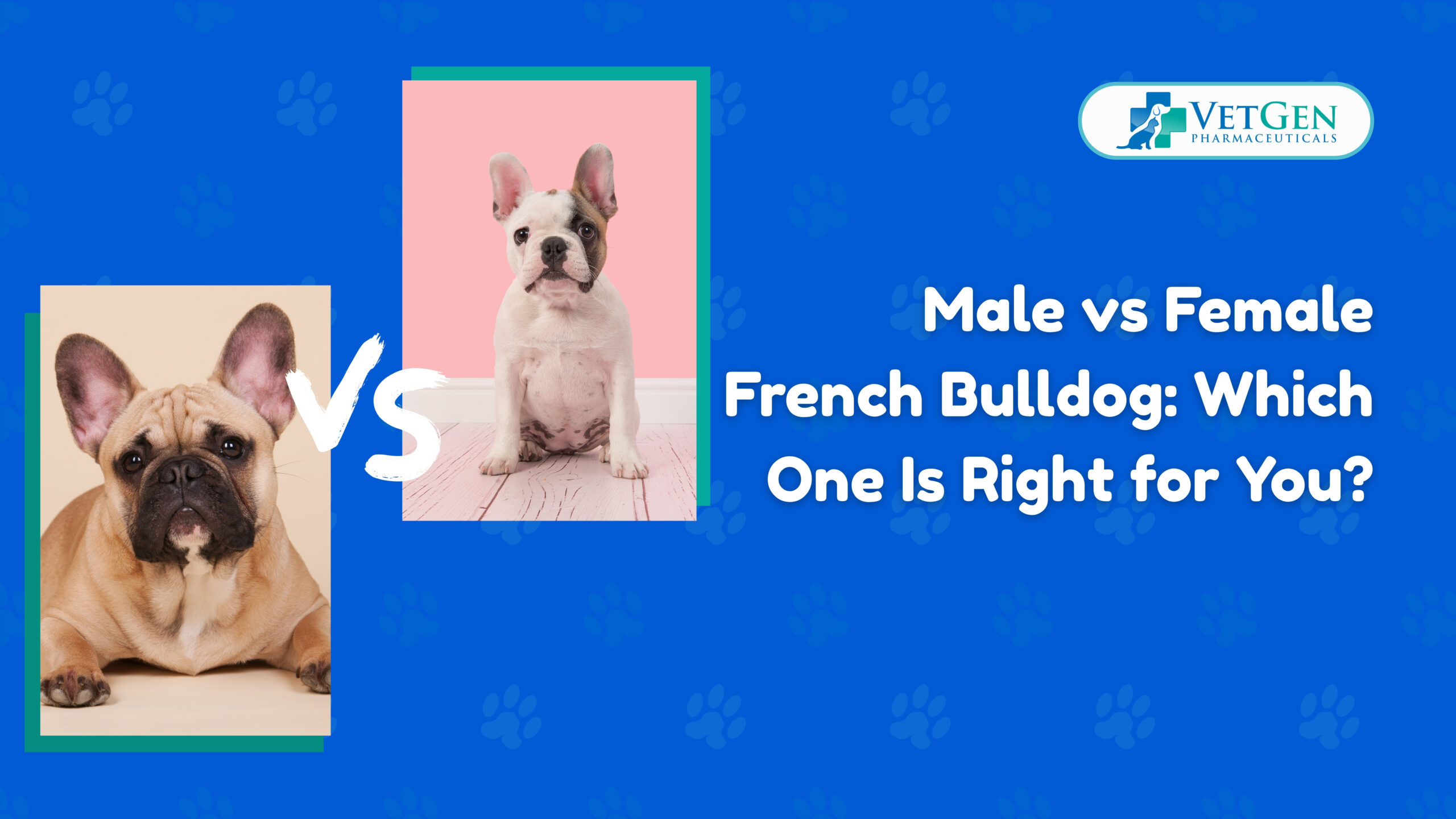Bloating is a medical emergency and one of the most life-threatening conditions that vets are required to treat in dogs. It usually involves the stomach but can quickly lead to a life-ending shock if left untreated for a long time. Bloating is immensely painful for dogs and can kill them in a matter of hours without any veterinary intervention. Hence, it is important for dog owners to know the symptoms, signs, and causes of bloating in dogs and how they can seek to prevent it from happening in the first place. Here, we will discuss the common causes of bloating in dogs and how to prevent it.
What is bloating in dogs?
Bloating in dogs is a condition in which food or food stretches a dog’s stomach, thereby causing abdominal pain. Although it is more common in large breeds of dogs or the deep-chested ones, any breed of dog can develop bloating. When bloating occurs, the stomach of a dog begins to expand or distend, which cuts off blood flow towards the abdomen as well as the stomach itself, causing the dog digestive system to function abnormally. This may lead to injury or death of the dog’s stomach wall, and without timely treatment, other organs, too.
Bloating can also cause pressure on the diaphragm, a thin muscle that separates the abdomen from the chest. This can further lead to breathing troubles in dogs. Moreover, in severe cases of bloating, a dog’s stomach may tend to flip or twist and get filled with gas. This is called gastric dilatation and volvulus, commonly termed GDV.
It should be kept in mind that every case of bloating in dogs is a medical emergency, and veterinary intervention is required to determine the severity of the condition. If kept untreated, a dog with GDV may die within a few hours. If bloating and GDV are treated within time, they’re often curable.
Common causes of bloating in dogs
It’s actually unknown as to why bloating and GDV occur in dogs. While these conditions can seek to affect any doggo, there are certain suspected risk factors that can enhance the risk of bloating in dogs and affect the dog digestive system severely, even leading to death at times. These include:
- Dogs consume large amounts of either food or water, or both food and water, too quickly.
- Dogs that are male.
- Dogs that are older.
- Dogs that weigh more than 99 lbs.
- Dogs that seek to exercise immediately after eating.
- Dogs that eat from an elevated bowl of food.
- Dogs of large breeds or the ones that are deep-chested.
- Dogs with a family history of bloating or GDV.
- Dogs that consume dry foods with fat or oil.
Symptoms of bloating in dogs
Bloating is a painful and uncomfortable condition in dogs. The various symptoms of bloating in dogs include:
- Dry Heaving- Also known as retching, this is when a dog might spit out white foam when trying to vomit, which is generally the mucus from their oesophagus or stomach.
- Abdominal swelling- This might not be visible during the initial stages of bloating in dogs.
- Positioning the body in a downward-facing pose- This is wherein the dog’s back half is up, and the upper half is down.
- Sudden anxiety, pacing, or an inability to get comfortable- Dogs can also be observed constantly moving around the room/house, in addition to the other symptoms.
Apart from these, other symptoms include sudden collapse, pale gums, panting and drooling more often, and a rapid heart rate (tachycardia).
How to prevent bloating in dogs?
Prevention is always better than cure, and that’s why you should keep an eye out for these six things to ensure your dog doesn’t suffer from bloating or GDV.
- Give them smaller meals more often– You can divide your dog’s daily food into multiple smaller meals that they can consume throughout the day.
- Slowing down eating- You can make use of food puzzles or other methods to encourage slower eating in dogs.
- Avoid raising bowls- You should always look to feed your dog from a flat bowl.
- Managing exercises- You should train your dog to wait at least an hour before vigorous exercises or activities post-eating.
- Monitoring feeding behavior- You should watch for signs of rapid eating and address any immediate concerns with your vet.
- Considering a gastropexy- When it comes to high-risk breeds, especially the larger or the deep-chested ones, you need to consult your vet about a surgical procedure in order to prevent stomach twisting in your pup.
Treatment of bloating and GDV in dogs
If caught in time, bloating is curable in most cases. However, the treatment of bloating in dogs largely depends on the severity of the condition. There are no home remedies when it comes to bloating in your pup. Dogs with simple bloating are usually hospitalized to receive Intravenous fluids and medications for pain or nausea as needed. Moreover, they walk often in order to stimulate the movement of the gastrointestinal tract and help eliminate the stored gas and food quickly from the body.
However, a dog suffering from GDV typically requires more intense care. This includes:
- IV fluids with electrolytes in order to improve circulation to the vital organs and immediately treat shock.
- Pain medications and antibiotics to cure discomfort, shock, and any death of tissues resulting from the loss of circulation.
- An electrocardiogram is performed to monitor any abnormalities in the heart.
- Trocarization is a procedure wherein the air is decompressed out of your dog’s stomach to restore the blood flow.
- Surgery is carried out as soon as the dog is stable after receiving all the necessary initial treatments.
Conclusion
The common causes of bloating in dogs include quickly eating from raised food bowls, eating heavy meals or water quickly, exercising immediately after eating, stress, and genetics. Although bloating is more common in larger and deep-chested dog breeds such as Mastiffs, Great Danes, German Shepherds, and so on, every dog breed can suffer from this condition if preventive measures are not put in place. Moreover, timely treatment can cure dogs from their bloating and GDV conditions, so you should never let such situations in your pup escalate.






